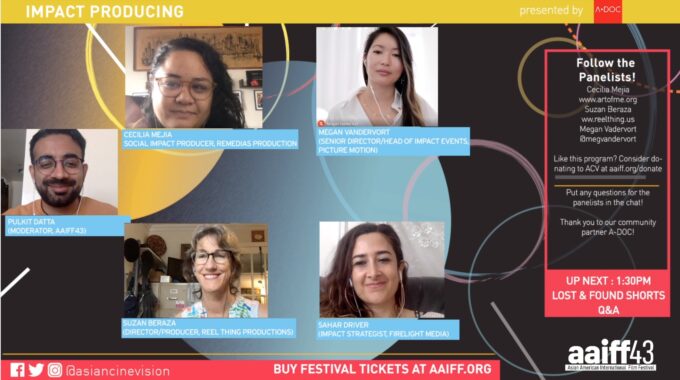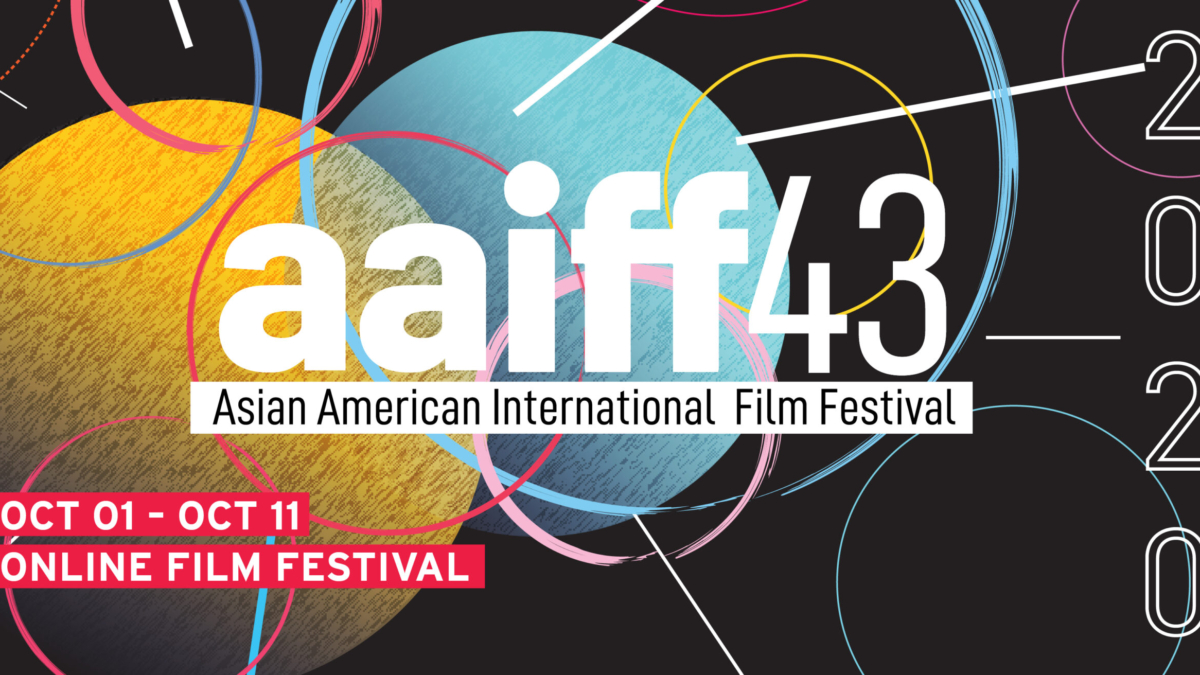Written By: Nathan Liu
NEW YORK, NY — After a brief delay stemming from technical issues, AAIFF’s panel on impact producing opened up with the moderator, Pulkit Datta, asking the speakers to explain what they think the titular concept is. And while the attendants — Cecilia Mejia (“Yellow Rose”), Suzan Beraza (“Bag It”), Megan Vandervort (Picture Motion) and Sahar Driver (Firelight Media) — had slightly different answers, a few key ideas emerged. The first is the notion that a film can bring about real, tangible change. The second is the idea that filmmakers should formulate a strategy for their project to make said change. Exactly how and for what projects became the basis for the rest of the conversation.
Beraza noted how “not all films are totally fit for the impact model.” This led to a discussion of what kind of films do merit impact production and how one can determine if a film does. The group agreed that while impact campaigns can be applied to all different types of movies — from documentaries, to narrative features, to shorts — the project in question should be tied to some kind of social movement. As Beraza explained, “If you can, talk about how can you get this film to be as impact-oriented as possible at the early stage … Start looking at partner organizations. Start reaching out to them.” Seizing upon the idea of preparation, Datta asked Mejia and Driver how much “homework” a filmmaker should do before approaching impact producers like them. Mejia stated that filmmakers should have at least done a basic amount of research beforehand to show that they know what they’re talking about, and have a list of partner organizations. Driver agreed, and said that the filmmakers in question should ask themselves if they’re the right people to be telling this story.

Recognizing that there might still be some confusion as to the main topic, Datta asked the attendants to explain what the difference between impact producing and marketing is. The speakers responded that marketing is about getting people to see your film, whereas impact producing is about getting viewers to see the film, and then do something about it afterwards. Although, as Driver was quick to point out, “When a film is about an unknown issue, marketing and distribution is key.” Simply raising awareness can be its own kind of impact producing. The other participants agreed and stressed the importance of continuing to raise awareness, even after a film’s release, sharing stories of how they continued their campaigns years later. Driver, as an example, noted how the film “Care” (2014) is still being used to bridge gaps between the elderly and those who treat them, due in large part to the film being continually distributed to those specific groups.
In the spirit of awareness, Datta rounded out the conversation by asking each of the attendees what are some of the biggest mistakes impact producers can make. Beraza said it’s the notion that you have to do things alone. Vandervort remarked how too many people want to change policy, without realizing they need to raise awareness first. Driver explained how we must not forget that film has been used to advance social change since the beginning. And Mejia answered, “A big mistake is not educating yourself on the issues that you want to tackle. It’ll be detrimental to the campaign if you don’t know what you’re talking about. But there’s potential there as well. How much can you learn as you educate yourself?” Knowledge is power, the power to change the world. And we cannot, and should not, stop educating ourselves and others.

